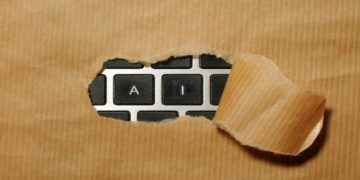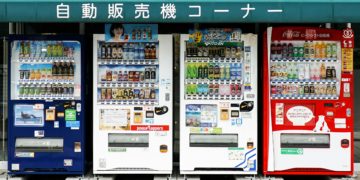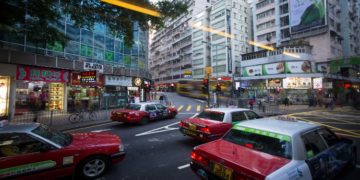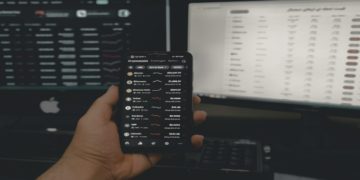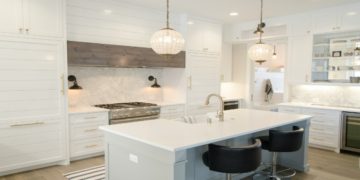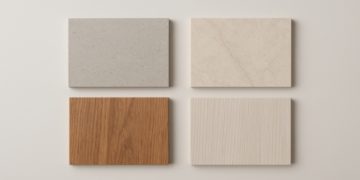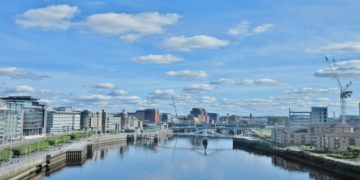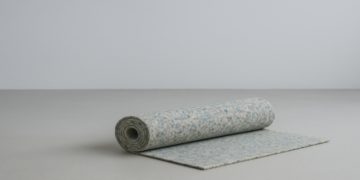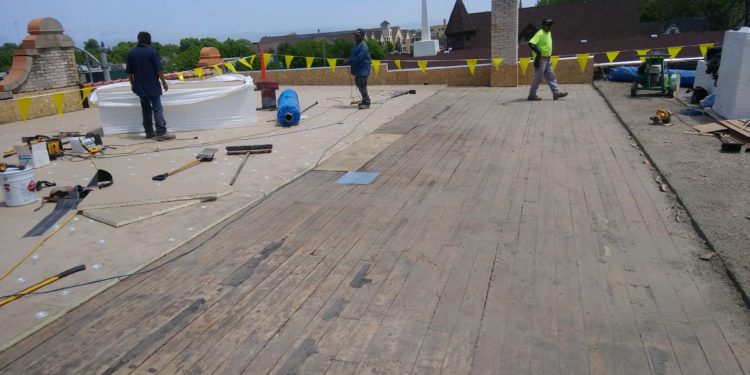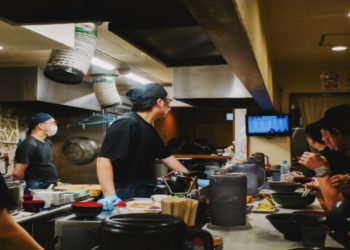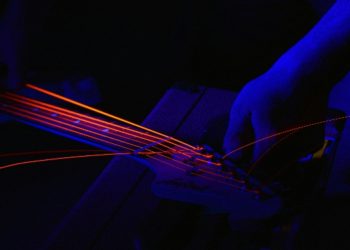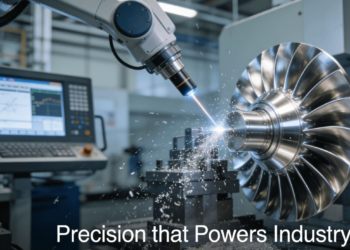In the world of business, maintaining your property isn’t just about appearances—it’s about protecting investments, employees, and daily operations. One of the most crucial components of any commercial building is its roof. It shields the structure from the elements, helps regulate indoor temperature, and ensures the comfort and safety of everyone inside. When issues arise, the costs can extend beyond repairs, impacting productivity and profits. That’s why having a reliable commercial roofing system—and a trusted contractor to maintain it—is vital for long-term success.
Professional services from companies like Homey Roofing and Restoration ensure that your commercial property stays protected, energy-efficient, and structurally sound. With the right care and planning, business owners can prevent costly disruptions while maximizing their roofing investment.
The Unique Challenges of Commercial Roofing
Unlike residential roofs, commercial roofing systems are typically larger, flatter, and more complex. They often support heavy HVAC equipment and must withstand constant exposure to environmental factors such as UV rays, rain, and fluctuating temperatures. Because of these demands, commercial roofs require specialized materials and maintenance strategies.
Common challenges include drainage issues, punctures from foot traffic, and membrane deterioration. The flat or low-slope design of many commercial buildings also makes them more vulnerable to pooling water, which can lead to leaks and structural damage if not properly managed.
A proactive maintenance plan and timely inspections can address these problems before they disrupt business operations or compromise the building’s integrity.
Types of Commercial Roofing Systems
Commercial properties use a variety of roofing materials, each offering unique advantages depending on climate, budget, and performance goals.
1. Built-Up Roofing (BUR)
Also known as “tar and gravel” roofs, BUR systems are made of multiple layers of bitumen and reinforcing fabric. They provide excellent durability and waterproofing, making them ideal for heavy-duty applications.
2. Modified Bitumen Roofing
This option combines traditional asphalt roofing with polymer-modified layers for added flexibility and strength. It’s resistant to extreme temperatures and commonly used on flat roofs.
3. EPDM Roofing (Rubber Roofs)
EPDM is a synthetic rubber material that’s durable, lightweight, and resistant to UV damage. It’s one of the most cost-effective and long-lasting options for commercial roofing.
4. TPO and PVC Roofing
Thermoplastic materials like TPO and PVC are energy-efficient, reflective, and resistant to chemicals. These systems are popular for buildings where energy conservation and sustainability are priorities.
5. Metal Roofing
Metal roofs are known for their longevity and strength. They can withstand severe weather and require minimal maintenance, making them ideal for warehouses and industrial properties.
Selecting the right material depends on factors like building type, local weather conditions, and long-term maintenance goals.
The Importance of Regular Roof Inspections
Regular inspections are the foundation of effective commercial roof management. Detecting minor issues early can prevent expensive repairs or full replacements later. Experts recommend at least two inspections per year—one before and one after harsh weather seasons.
During these assessments, professionals look for:
- Cracks or punctures in roofing membranes
- Pooling water or poor drainage
- Damaged flashing or seams
- Signs of mold, rot, or insulation damage
Routine inspections help extend the life of the roof, maintain warranty coverage, and protect the property’s interior from water damage.
How Weather Affects Commercial Roofs
Commercial roofs face a wide range of environmental stressors year-round. Heavy rain can cause ponding water, while high winds may loosen membranes or flashing. Prolonged heat exposure causes materials to expand and contract, leading to cracks and leaks over time.
Snow and ice accumulation create additional strain, especially on flat or low-slope roofs. Without proper insulation and drainage, melting snow can seep into seams and cause long-term damage.
Partnering with experienced professionals ensures that your roof is built and maintained to withstand these challenges. Companies like Homey Roofing and Restoration use advanced materials and installation techniques to help commercial roofs endure even the toughest weather conditions.
Energy Efficiency and Cost Savings
A well-designed and maintained roof does more than protect—it can also reduce operating costs. Modern commercial roofing systems often incorporate reflective materials that deflect sunlight and lower cooling costs during summer.
Adding insulation or upgrading to energy-efficient membranes helps stabilize indoor temperatures and reduce the strain on HVAC systems. These improvements lead to lower utility bills and a more comfortable working environment.
In many cases, business owners can also take advantage of energy efficiency incentives and tax credits when upgrading their roofing systems to meet sustainability standards.
The Role of Preventative Maintenance
Preventative maintenance is one of the best ways to extend the lifespan of a commercial roof. A consistent maintenance plan may include:
- Cleaning gutters and drainage systems
- Checking seals and flashing for cracks or gaps
- Removing debris and inspecting rooftop equipment
- Repairing small punctures or blisters before they worsen
By addressing issues early, businesses can avoid sudden leaks, energy loss, and costly emergency repairs. Preventative maintenance also provides peace of mind, knowing the roof is in top condition year-round.
When Repairs Aren’t Enough
Even with the best maintenance, every roof eventually reaches the end of its usable life. Signs that it may be time for replacement include persistent leaks, widespread membrane failure, or visible sagging.
At this stage, patch repairs may only provide temporary relief. Investing in a full replacement ensures long-term reliability and performance. A new roof not only improves safety and energy efficiency but also boosts property value and tenant satisfaction.
Professionals can evaluate the roof’s current state and recommend whether repair or replacement is the more cost-effective option.
Choosing the Right Commercial Roofing Partner
Selecting the right contractor is critical for ensuring quality installation and maintenance. Look for licensed and insured professionals with a proven track record in handling commercial projects.
Experience, transparency, and safety compliance are non-negotiable. Reputable companies provide detailed project plans, warranties, and clear communication throughout every phase of the process.
Homey Roofing and Restoration specializes in high-performance commercial roofing services in Lone Tree, CO that balance durability, energy efficiency, and cost savings. Their expertise helps businesses protect their properties while minimizing disruption to operations.
Final Thoughts
Your roof is your business’s first line of defense against the elements. Regular maintenance, professional installation, and timely repairs are key to maximizing performance and longevity. A strong commercial roofing system protects your investment, supports energy efficiency, and enhances your building’s overall value.
With expert guidance from Homey Roofing and Restoration, business owners can count on reliable roofing solutions designed to meet the specific needs of their commercial properties. Whether it’s maintenance, repair, or replacement, a well-cared-for roof ensures your business stays strong, secure, and successful.








